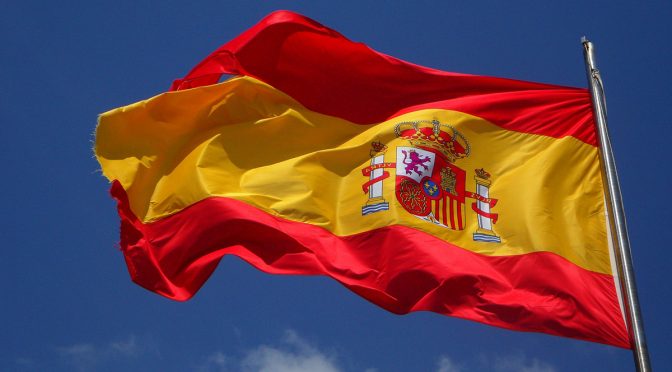Renewables produced 44% of electricity in 2020, wind power 21.8%, concentrated solar power 1.8%, and photovoltaic 6.1%.
50.4% of the monthly generation was of renewable origin and 73.8% was produced from technologies that do not emit CO2 into the atmosphere. The demand for electrical energy decreases in the Canary Islands by 9.6% and increases in the Balearic Islands by 3.8%, compared to December 2019.
The demand for national electricity in December is estimated at 22,419 GWh, 1.4% higher than that registered in the same month of the previous year. If the effects of the calendar and temperatures are taken into account, the figure is 0.2% higher compared to December 2019.
In the year 2020 as a whole, the demand is estimated at 249,970 GWh, 5.6% less than in 2019. Once again, once the influence of the calendar and temperatures has been corrected, the demand is 5.5% lower than the one registered in the previous year.
In the month of December and according to data estimated to date, generation from renewable energy sources represented 50.4% of production. And it is that the last month has been especially favorable for the generation of clean energy. Specifically, last December 28 a historical record was set as the day with the highest daily wind energy production in Spain since 2007, with 403.8 GWh.
Thanks to these good December data, renewable generation in the twelve months of the year reached 110,577 GWh, 44% of total production. In this month, 73.8% of electricity production came from technologies that do not emit CO2.
Likewise, with the information currently available, wind power production in December reached 7,455 GWh, 36.1% higher than that of the same period last year, which represents 31.4% of national production.
Demand rises 1.7% in the peninsular electricity system
In the peninsular electricity system, demand in December is estimated at 21,271 GWh, 1.7% higher than that registered in the same month of the previous year. If the effects of the calendar and temperatures are taken into account, the figure is 0.4% higher compared to December 2019.
In the accumulated of the year, the demand for electricity in the Peninsula is estimated at 236,654 GWh, 5.1% less than in 2019. Once again, once the influence of the calendar and temperatures has been corrected, the demand is 5 , 0% lower than that registered in the same period of the previous year.
During this month and according to data to date, 52.2% of the peninsular generation was of renewable origin and 76.6% came from technologies that do not emit CO2.
Wind energy produced 7,391 GWh, 36.7% higher than the generation of December last year, and contributed 32.5% to the mix.
The demand for electrical energy decreases in the Canary Islands and increases in the Balearic Islands in the month of December
In the Balearic Islands, the demand for electrical energy in December is estimated at 437,719 MWh, 3.8% higher than that registered in the same month of the previous year. If the effects of the calendar and temperatures are taken into account, the figure grows by 4.3% compared to December 2019. In the year 2020 as a whole, the Balearic demand is estimated at 4,942 GWh, 19.2% less than in 2019.
The combined cycle, with 55.1% of the total, was the first source of electricity generation in the Balearic Islands, and coal, the second, with 26.7%. In these islands, renewable technologies and that do not emit CO2 accounted for 5.0%.
For its part, energy from the peninsula-Balearic Islands link has covered 31.6% of the Balearic demand.
In the Canary archipelago, the demand for electricity is estimated at 675,614 MWh, 9.6% lower than that registered in December 2019. If the effects of the calendar and temperatures are taken into account, the figure decreases by 9.7% with Respect to the same month of previously year. From January to December, demand in the Canary Islands is estimated at 7,965 GWh and is down 10.2% compared to the same period of the previous year.
In December and according to estimated data, the combined cycle was the leading technology in the Canarian generation mix, with a contribution of 48.4%. Renewables and zero-emission technologies represented 11.8% of Canarian generation.


